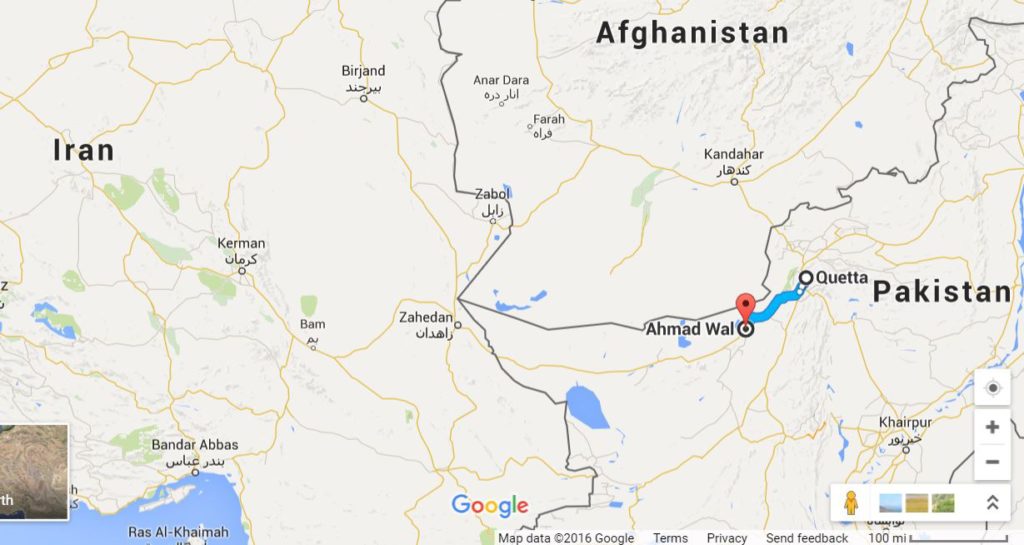The Bomb Robot Drone Killing Precedent
As you’ve no doubt heard, sniper(s) attacked the police protecting a Black Lives Matter protest in Dallas last night, killing 5 cops. Dallas Police have released the name of one perpetrator, who was killed by police: Micah Johnson. Johnson was apparently an Army veteran; he was what experts deemed “tactically professional” based on review of the attack.
The entire attack was a tragic escalation of racial tensions in this country.
In a press conference today, Dallas Police Chief David Brown revealed this about the stand-off with Johnson:
Let me walk through the stand-off that had occurred–or was occurring–at El Centro on the second floor. The college there in downtown Dallas. We cornered one suspect and we tried to negotiate for several hours. Negotiations broke down. We had an exchange of gunfire with the suspect. We saw no other option but to use our bomb robot and place a device on its extension for it to detonate where the suspect was. Other options would have exposed our officers to grave danger. The suspect is deceased as a result of detonating the bomb. The reporting that the suspect killed himself is not accurate. We’ve confirmed that he’s been deceased because of the detonation of the bomb.
This is the first known killing by a weaponized drone as part of policing in the United States.
The use of the bomb robot in this operation raises several tactical questions. It is possible — though unlikely — that the weaponized drone was present for negotiations, which would raise interesting questions about those discussions (three other people are in custody and they are not cooperating; Johnson claimed, apparently falsely, that he operated alone).
I’m more interested in the tactical question of delivering a lethal bomb rather than something that might have demobilized him — perhaps tear gas?– and permitted police to take him alive.
Those questions about the tactical use of this robot will be answered as the police release more details.
There is, of course, the larger question of what kind of precedent this serves. I’ve long been on the record arguing that a targeted killing in the US would look more like the killing of Luqman Abdullah or Fred Hampton. But the use of a wheeled robot changes that possibility.
Remember, the logic of the Anwar al-Awlaki memos depend on two things: law enforcement precedents authorizing the use of force when officers — or innocent bystanders — lives are at risk.
Even in domestic law enforcement operations, the Court has noted that “[w]here the officer has probable cause to believe that the suspect poses a threat of serious physical harm, either to the officer or to others, it is not constitutionally unreasonable to prevent escape by using deadly force.” Garner, 471 U.S. at II. Thus, “if the suspect threatens the officer with a weapon or there is probable cause to believe that he has committed a crime involving the infliction or threatened infliction of ~erious physical harm, deadly force may be used if necessary to prevent escape and if. where feasible, some warning has been given.” ld. at 11-12.
Given the attacks on other officers and the exchange of gunfire before using the robot, DPD will easily reach the bar of imminent threat (even though they might have been able to use non-lethal means).
The other thing included in the Awlaki memos (though in unredacted form, in Harold Koh’s comments rather than the OLC memos) is language finding that the use of drones don’t make a legal difference in use of force calculations.
Second, some have challenged the very use of advanced weapons systems, such as unmanned aerial vehicles, for lethal operations. But the rules that govern targeting do not turn on the type of weapon system used, and there is no prohibition under the laws of war on the use of technologically advanced weapons systems in armed conflict– such as pilotless aircraft or so-called smart bombs– so long as they are employed in conformity with applicable laws of war. Indeed, using such advanced technologies can ensure both that the best intelligence is available for planning operations, and that civilian casualties are minimized in carrying out such operations.
In other words, there’s little reason to believe this use of force will be legally questionable, at all. Which means there’s little question that it might be used a precedent by other police departments. (And let it be noted that Dallas is considered a far better run police department on such issues than other big cities, much less other less professional offices.) And given the way the Executive has already blurred the line between police usage and intelligence usage, we might expect the same to happen in the future.
There may have been other options available here (and note, in the press conference the mayor thanked the FBI, so it’s not clear whether DPD made this decision on their own), but this will be deemed reasonable.
Which doesn’t mean other, unreasonable uses of this precedent aren’t coming down the pike.
Update: Dallas police have now said that they think Johnson was the only shooter. I’m not sure whether that means the other three suspects were not accomplices at all or helped in some way that did not involve shooting.
Still, consider that Johnson’s military experience was as a mason, not any kind of highly skipped soldier. He managed to do a great deal of damage working off his reserve training.






![[image: Leo Reynolds via Flickr]](https://www.emptywheel.net/wp-content/uploads/2016/02/LiveJazzFriday_LeoReynolds-Flickr.jpg)
